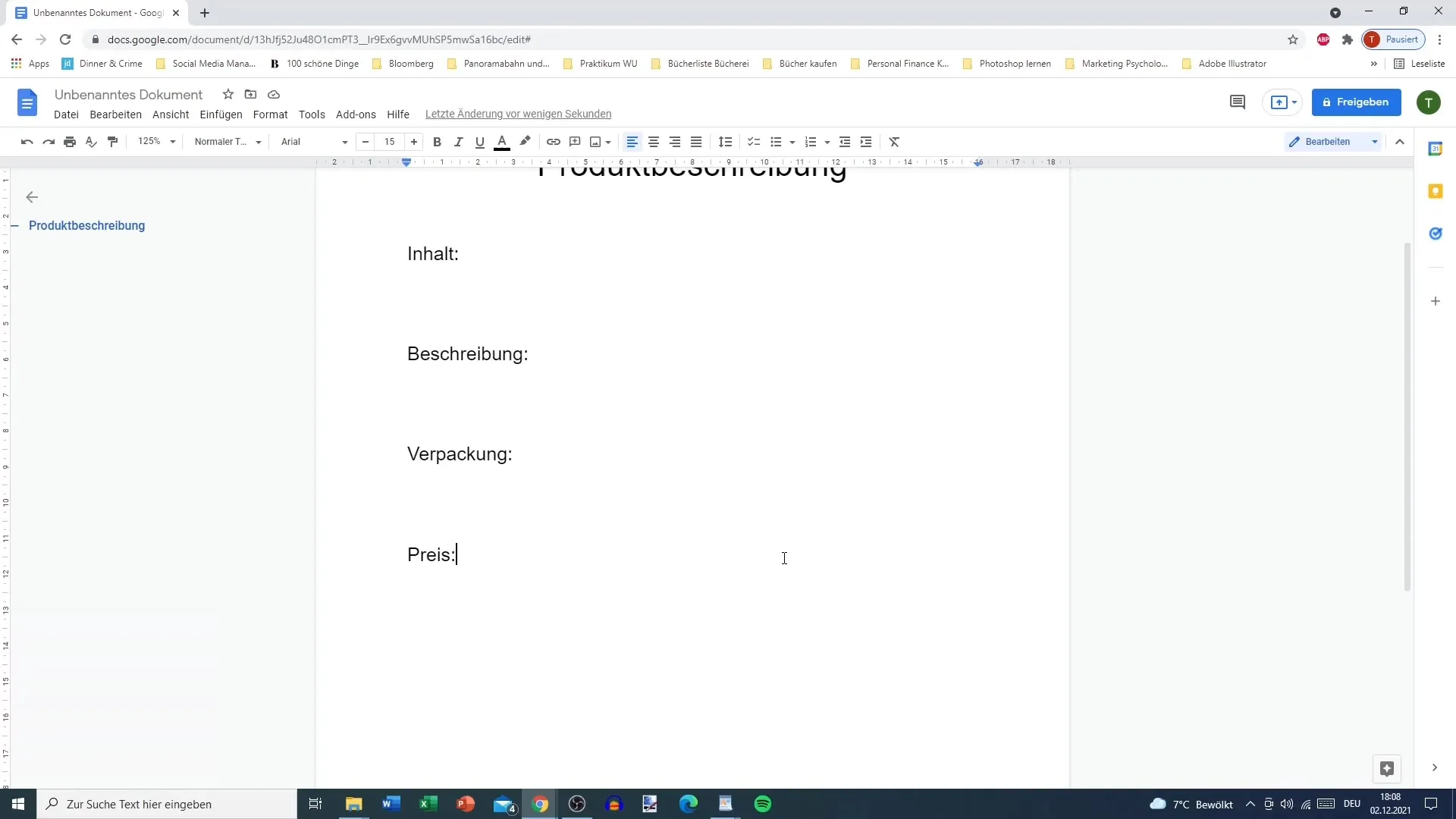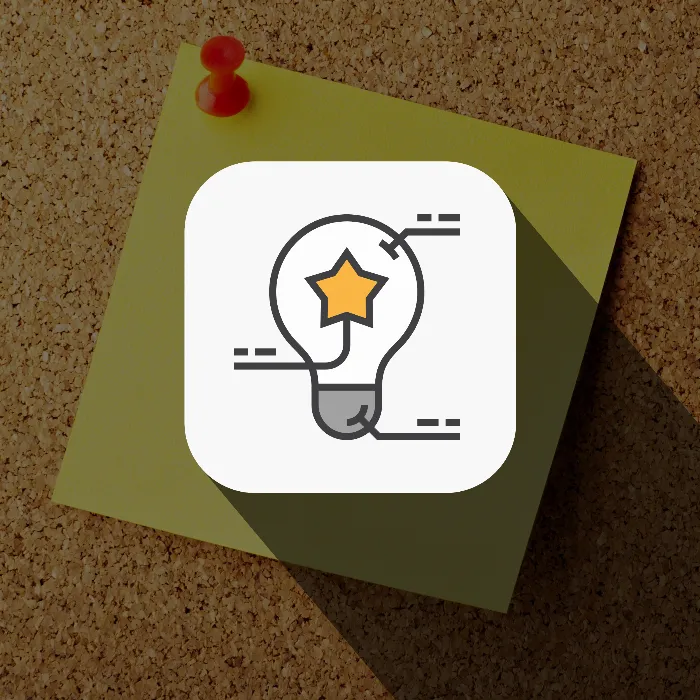You have already started brainstorming and now it's time to turn the creative ideas into reality. In this guide, you will learn how to create an appealing product description. This goes hand in hand with the Design-Thinking process, which aims to create user-centered solutions. Let's go through this process together!
Key Insights
- An interdisciplinary team is crucial to bring in various perspectives.
- Product descriptions should be clear and detailed.
- Feedback from the target audience is essential to ensure optimal adaptation.
Step-by-Step Guide
1. Assembling a Team
First, you should assemble an interdisciplinary team. It is important to include individuals from different departments: Marketing, Design, Production, and Development. This diversity ensures that the various aspects of the product are well integrated. Select at least one person from each relevant department to benefit from different perspectives.

2. Developing a Prototype
The next step is to develop a prototype that provides an initial visual and functional representation of your product. Start with sketched ideas to illustrate the product. Ensure that all team members keep the feasibility of the ideas in mind. For example, if you prefer a round packaging instead of a conventional rectangular one, make sure that the production department can actually implement this idea.
3. Determining Product Features
As you further develop your prototype, it is important to define the product features. This includes not only the content of the product but also the packaging and its design. Consider carefully which ingredients are included in your product and what information you want to provide on the packaging. For a soft drink, this may look like: sugar-free, organic, and possibly vegan.
4. Packaging Design
The next step is the packaging design. Appealing packaging is not only important for aesthetics but can also be crucial for the customer's purchasing decision. Consider what material you want to use – cardboard or recycled plastic could be a good choice considering the target audience that values sustainability.
5. Elaborating the Product Description
Now it's time to write the actual product description. This description should include all relevant information: from listing the ingredients to the product's features. Make sure to formulate your texts clearly and comprehensibly. Remember that sometimes it is useful to seek external help in the form of a copywriter or a freelancer to ensure high quality.
6. Price Determination
There are different approaches to price determination. You can either start from your maximum price and design the product around that price or alternatively create the product first and then set the price accordingly. Ensure that the price remains attractive for the target audience and does not exceed production costs.
7. Testing the Prototype and Gathering Feedback
Before launching the product to the market, you should test the prototype. This can be done in different ways: you can present it to B2B customers or gather feedback from end consumers. Consider which suitable methods are available to you to collect as much valuable feedback as possible. Be flexible and ready to make adjustments if necessary.
8. Making Adjustments
After testing, it's time for adjustments. Take the feedback seriously and incorporate it into the product design. Sometimes this may mean creating a completely new prototype or making only minor changes. Keep the process iterative and be ready to reassess your ideas repeatedly.
Summary
Creating a successful product description requires a well-planned process that includes interdisciplinary collaboration, clear communication, and continuous feedback. By following these steps, you will be able to develop products that are not only visually appealing but also meet the needs of your target audience.
Frequently Asked Questions
What is Design Thinking?Design Thinking is a creative process based on user-centered problem-solving and integrating different perspectives.
Why are interdisciplinary teams important?Interdisciplinary teams bring in different expertise and perspectives to find innovative and practical solutions.
How can customer feedback be collected?Feedback can be gathered through surveys, user testing, or direct interviews with end consumers.


